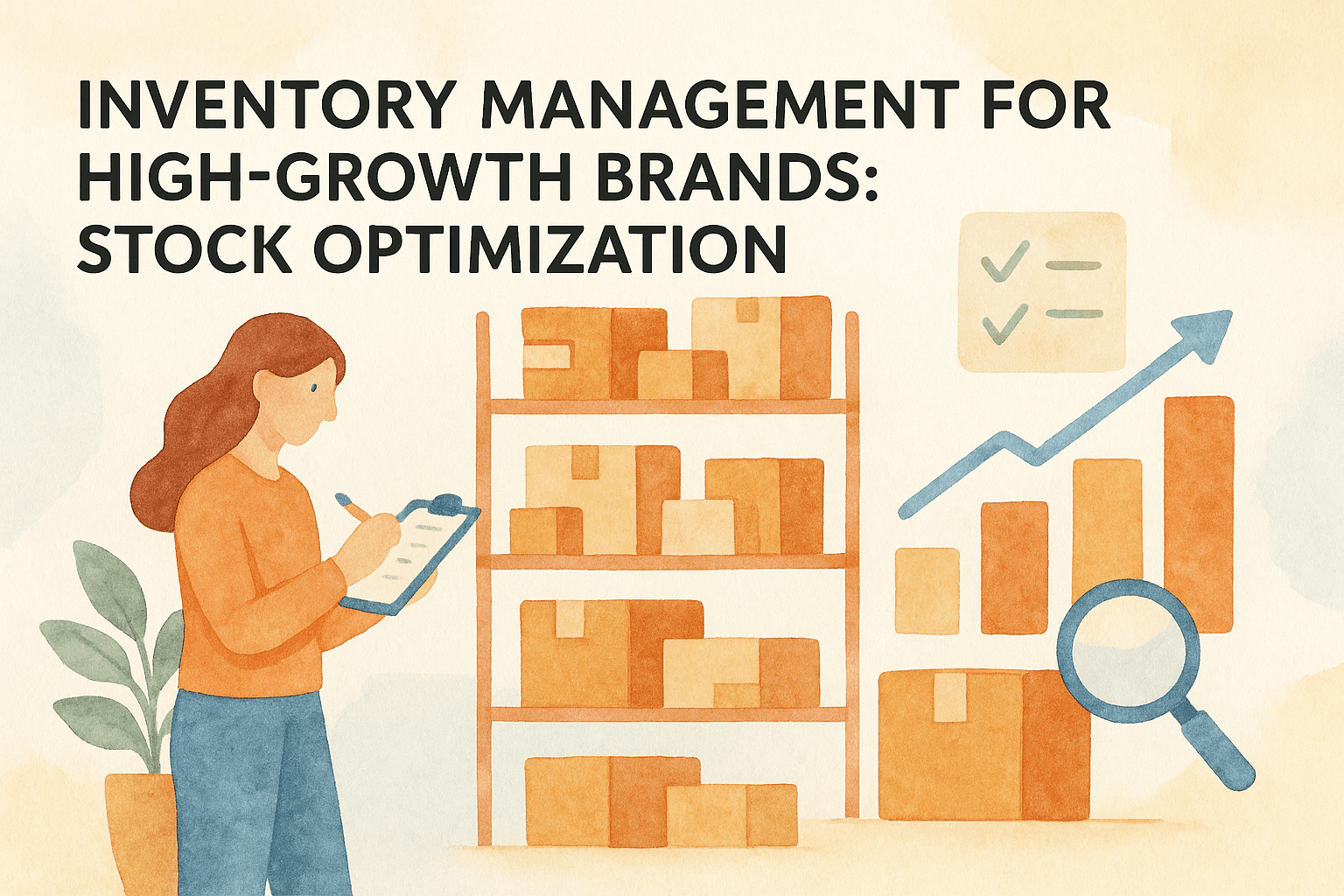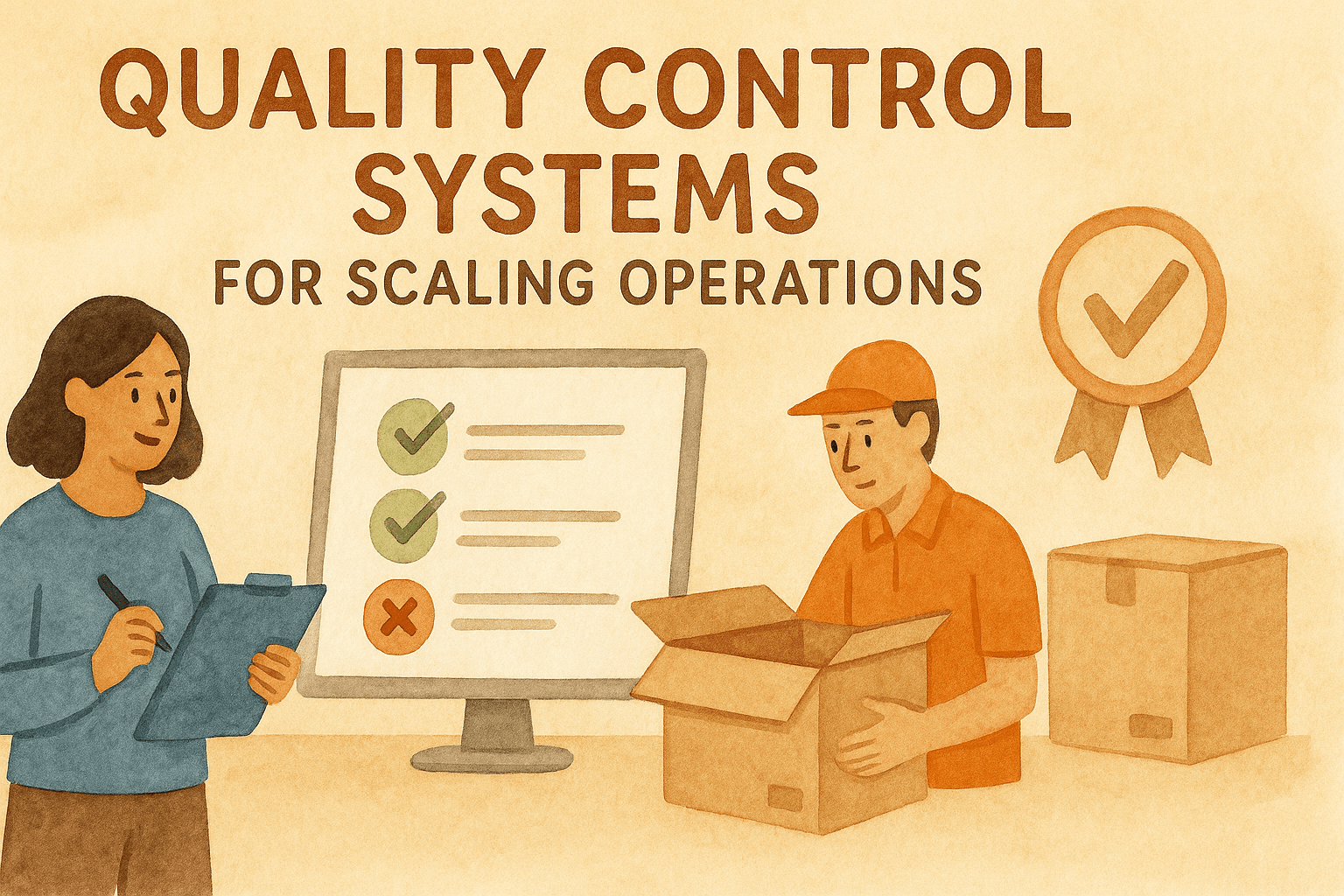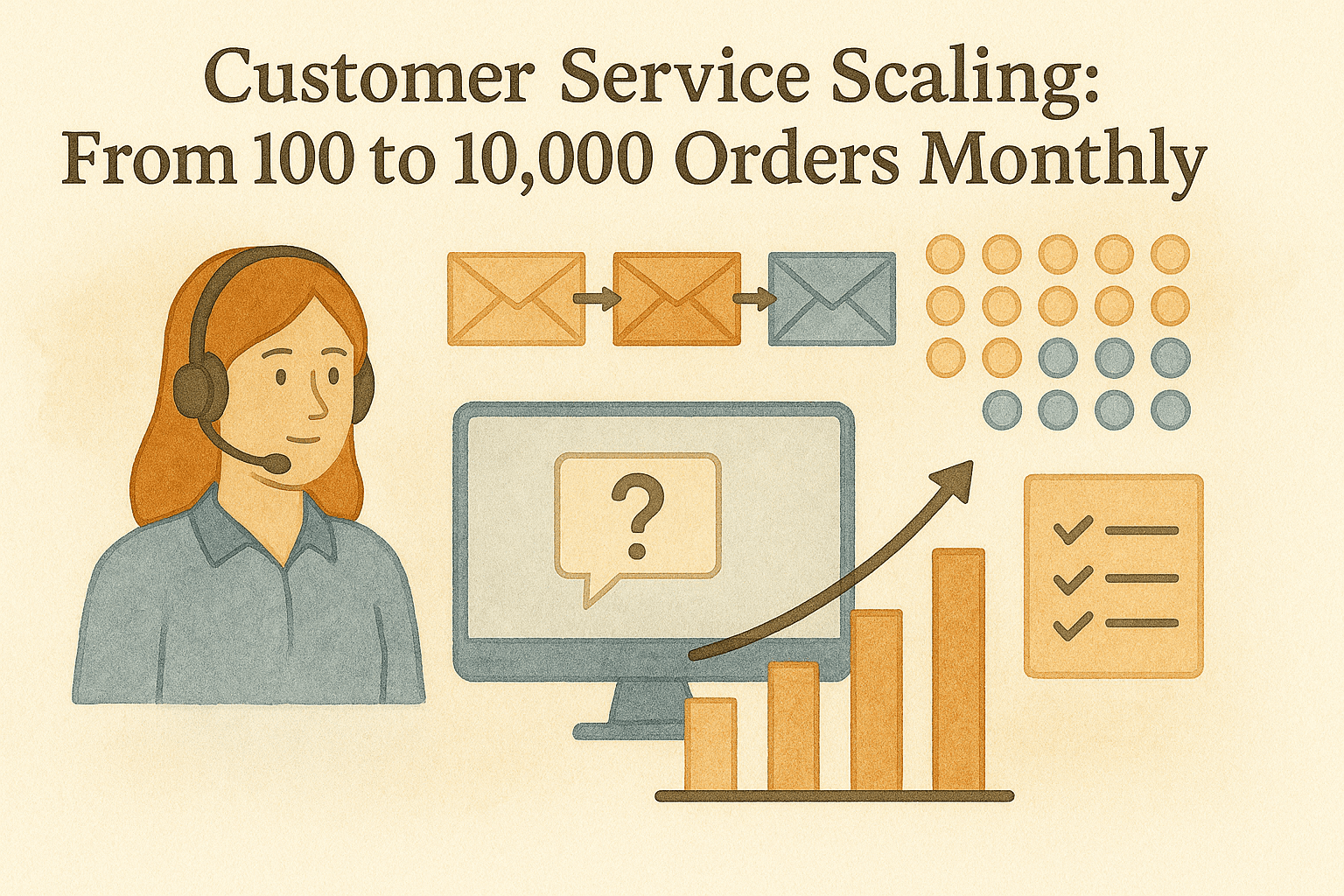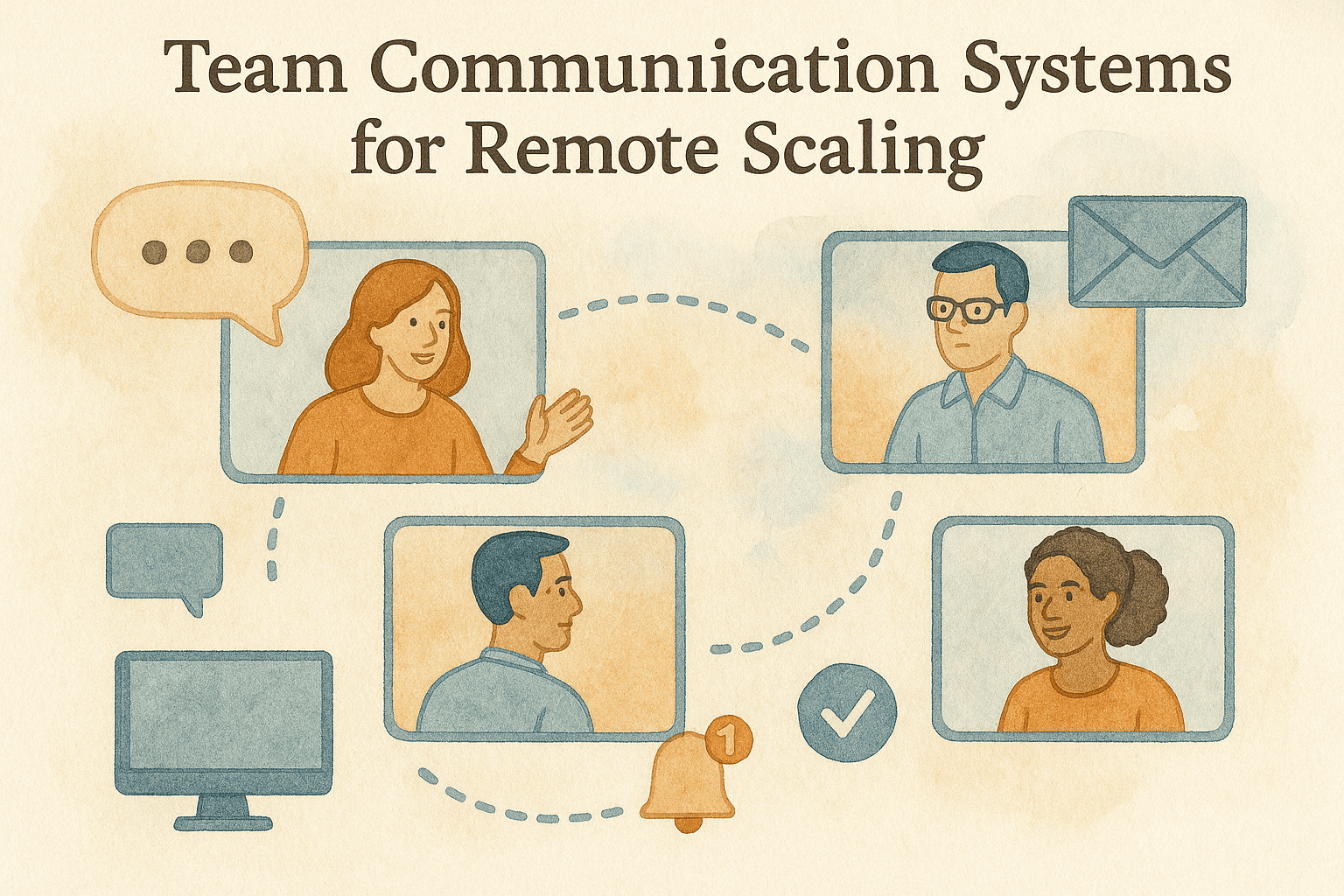Warehouse Management: From Garage to 3PL
Updated:
January 6, 2025
10 minutes
Stage 1: The Garage Phase (Revenue: $0 - $1M)
The garage phase is where most eCommerce businesses are born. It's a time of rapid learning, experimentation, and growth. The key advantage of the garage phase is its low cost and high flexibility. You have complete control over your inventory and fulfillment process, and you can make changes on the fly.
However, the garage phase is not without its challenges. As your order volume grows, you will likely encounter the following problems:
• Lack of space: Your garage can only hold so much inventory. As your product line expands and your order volume grows, you will quickly run out of space.
• Inefficient processes: The manual processes that worked when you were shipping a handful of orders a day will not scale. As your order volume grows, you will spend more and more time on picking, packing, and shipping.
• Lack of technology: In the garage phase, you are likely using a combination of spreadsheets and manual processes to manage your inventory and orders. This can lead to errors, stockouts, and a lack of visibility into your operations.
Triggers to move to the next stage:
• You are consistently running out of space for your inventory.
• You are spending more than 4-6 hours a day on fulfillment.
• You are making frequent shipping errors.
• You are unable to keep up with customer demand.
Stage 2: The Dedicated Warehouse (Revenue: $1M - $5M)
When you have outgrown your garage, the next logical step is to move into a dedicated warehouse. This will give you the space you need to scale your operations and the ability to implement more efficient processes and technology.
The key advantages of a dedicated warehouse are:
• More space: A dedicated warehouse will give you the space you need to store your inventory, set up a proper packing and shipping station, and even hire a small team.
• Improved efficiency: With a dedicated warehouse, you can design a layout that is optimized for your specific workflow. You can also implement technology, such as a warehouse management system (WMS), to automate many of the tasks involved in picking, packing, and shipping.
• Greater control: With a dedicated warehouse, you still have complete control over your inventory and fulfillment process. This can be a major advantage if you have unique or complex fulfillment requirements.
However, a dedicated warehouse also comes with its own set of challenges:
• Higher costs: A dedicated warehouse is a significant investment. You will have to pay for rent, utilities, insurance, and a security system. You will also have to hire and manage a team of warehouse employees.
• Increased complexity: Managing a dedicated warehouse is a complex undertaking. You will be responsible for everything from inventory management and order fulfillment to safety and compliance.
• Less flexibility: A dedicated warehouse is a long-term commitment. It can be difficult and expensive to downsize or relocate if your business needs change.
Triggers to move to the next stage:
• Your fulfillment costs are eating into your profit margins.
• You are struggling to manage your warehouse team.
• You want to focus on other areas of your business, such as marketing and product development.
• You need to scale your operations beyond what is possible in a single warehouse.
Stage 3: The 3PL Provider (Revenue: $5M+)
A third-party logistics (3PL) provider is a company that provides outsourced logistics services, including warehousing, order fulfillment, and transportation. For many scaling eCommerce brands, partnering with a 3PL is the key to unlocking the next level of growth.
The key advantages of a 3PL are:
• Scalability: A 3PL can provide you with the resources and expertise you need to scale your operations quickly and efficiently. They have the space, technology, and people to handle a high volume of orders.
• Cost savings: A 3PL can often provide you with lower fulfillment costs than you could achieve on your own. This is because they can take advantage of economies of scale in everything from shipping rates to labor costs.
• Expertise: A 3PL is an expert in logistics. They can provide you with a level of expertise and best practices that would be difficult and expensive to develop in-house.
• Focus: By outsourcing your logistics to a 3PL, you can free up your time and resources to focus on other areas of your business, such as marketing, product development, and customer service.
However, a 3PL is not without its challenges:
• Less control: When you partner with a 3PL, you give up some control over your inventory and fulfillment process. This can be a major disadvantage if you have unique or complex fulfillment requirements.
• Communication challenges: Communication can be a challenge when you are working with a 3PL. It is important to establish clear lines of communication and to have a dedicated account manager who you can contact with any questions or concerns.
• Finding the right partner: There are thousands of 3PLs to choose from. It is important to do your due diligence and to find a partner that is a good fit for your specific business needs.
Choosing the Right Path for Your Business
There is no one-size-fits-all answer to the question of when to move from one stage of warehouse management to the next. The right path for your business will depend on a variety of factors, including your order volume, your product line, your budget, and your long-term goals.
By understanding the pros and cons of each stage, you can make an informed decision about the right path for your business. And by paying attention to the triggers that tell you when it's time to move to the next level, you can ensure that your warehousing and fulfillment operations are always aligned with the needs of your growing business.
Warehouse management is not a one-time decision but an evolving journey that scales with your business. Each stage—from the garage phase to a dedicated warehouse to partnering with a 3PL—brings unique advantages and challenges that require careful consideration.
The key to success is recognizing the warning signs that indicate it's time to transition to the next level. Whether it's running out of space, spending too much time on fulfillment, or needing specialized expertise to handle complex logistics, these triggers should guide your decision-making process.
Remember, the right warehouse management strategy is not about following a predetermined path but about finding the solution that aligns with your business goals, budget, and operational requirements. By staying attuned to your business needs and being willing to adapt your approach as you grow, you can build a warehouse and fulfillment operation that supports sustainable, long-term success.



